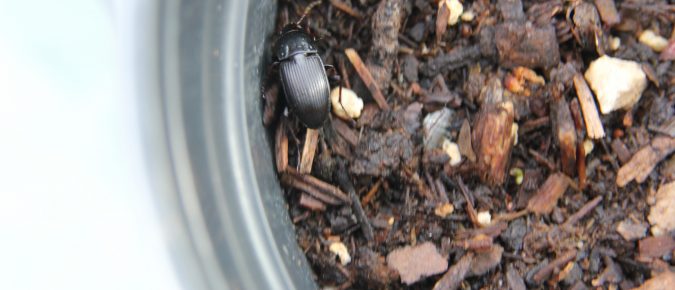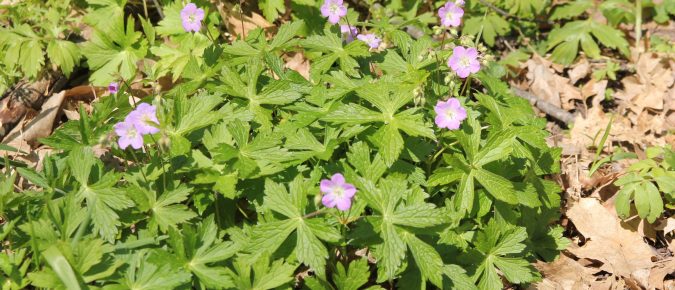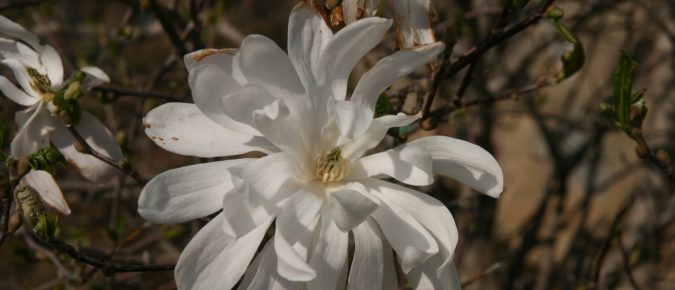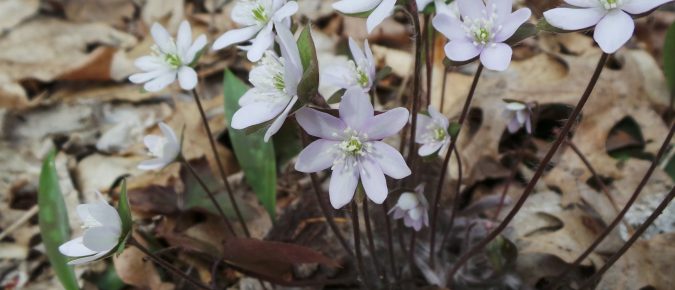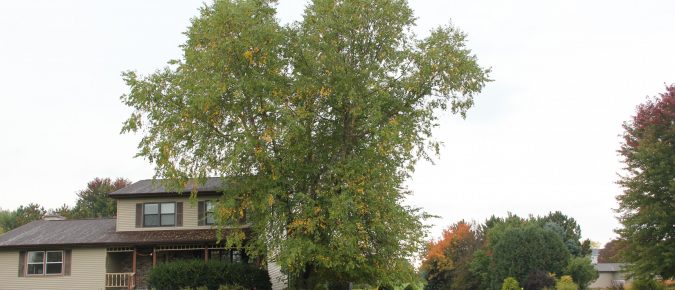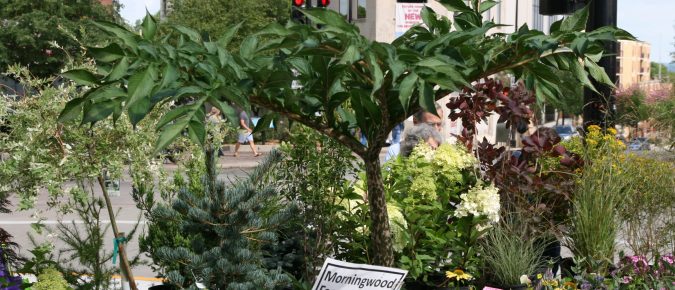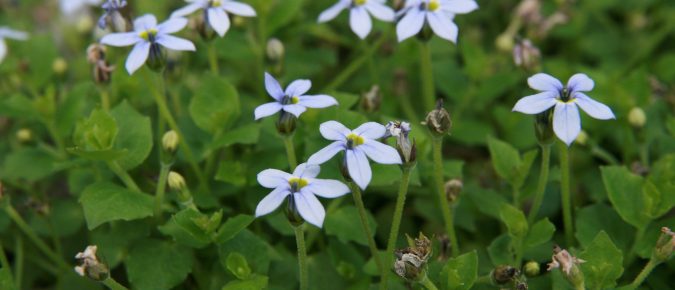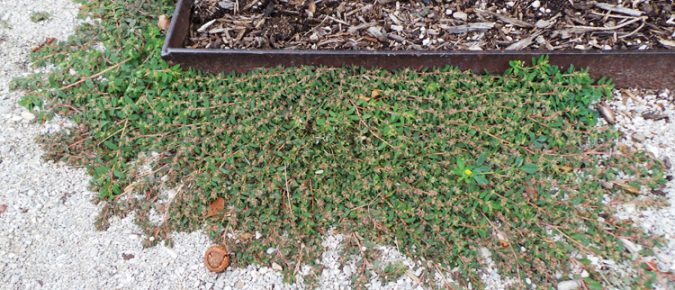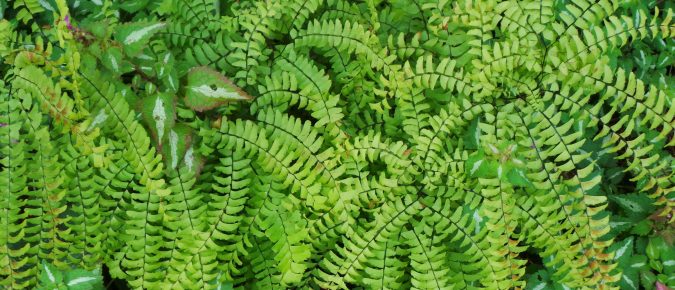There are all kinds of beetles found in gardens. One common type are the ground beetles, which as the name suggests, are typically found under leaves or debris, in cracks in the soil, or running along the ground. Most of these are predators, consuming all sorts of other insects including pests. Learn more about these beneficial insects in this article…
Geranium maculatum is a pretty flowering plant native to eastern North America. In addition to filling natural woodland openings, this herbaceous perennial works well in informal gardens as well, offering loose clusters of pink flowers in late spring to early summer. Learn more about wild geranium in this article…
Here’s a quick-growing annual that produces lots of pendant chartreuse flowers on branched flower stems at the top of the plant. This makes it a great filler among other herbaceous plants, and the soft green color makes it a perfect buffer between clashing colors. To learn more about Nicotiana langsdorffii, read this article…
If you want a small tree or large shrub with large, showy white or pink flowers in early spring, star magnolia is a great choice. Read more about Magnolia stellata in this article…
Spring is heralded in Wisconsin woodlands by a number of wildflowers. One of the earliest of these is Hepatica, with delicate, starry flowers in a range of colors from white to purple. Learn more about these native plants in the buttercup family, whose tri-lobed leaves were once thought to have medicinal properties, by reading this article…
Betula nigra is a tall native tree that makes a great ornamental for large spaces because of its graceful form and attractive bark. To learn more about river birch, read this article…
Voodoo lily is a member of the philodendron family that grows from a tuber. Each tuber produces a single tripartite leaf on a tall, mottled stem. This unusual tropical plant is easy to grow as a seasonal conversation piece and store indoors as a dormant “bulb” during the winter. To learn more about Amorphophallus konjac, read this article…
Star-shaped flowers of blue, pink or white and ferny foliage makes laurentia a great filler in the flower bed or containers. Although this plant is really a perennial, since it is only hardy to zone 7, most Wisconsin gardeners use it as an annual to add pleasingly fine foliage and soft color in the garden. Read more about laurentia in this article…
You’ve likely seen flat, mat-like plants spreading in your garden, on the roadside, or maybe even growing from the cracks in the driveway. This is most likely spotted spurge, a native plant with weedy characteristics. To learn more about this annual plant in spurge family (of which poinsettia is a member), read this article…
Looking for a native plant with winter interest? Rattlesnake master is an herbaceous perennial from the prairies whose unusual golf ball-like flowers heads are rather sculptural. Although at home in native gardens, it also works well as an accent in the perennial border. To learn more about this plant, read this article…
With finely cut foliage, northern maidenhair fern is an attractive addition to shade gardens with rich moist soil. Adiantum pedatum is just one of many maidenhair ferns, although the only one hardy in our area. It has distinctive, fine-textured fronds on dark-colored stems up to 2 feet tall. Learn more about this native species in this article…
Bloody dock is an attractive plant with a network of brightly colored veins on its wide, lance-shaped leaves. This rosette-forming plant is easily grown as an annual or perennial in sun to partial shade and can even be used in a water garden. Find out more about Rumex sanginueus by reading this article…

